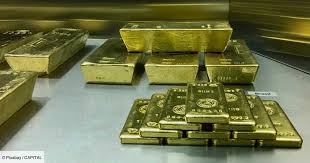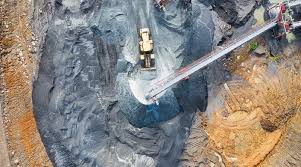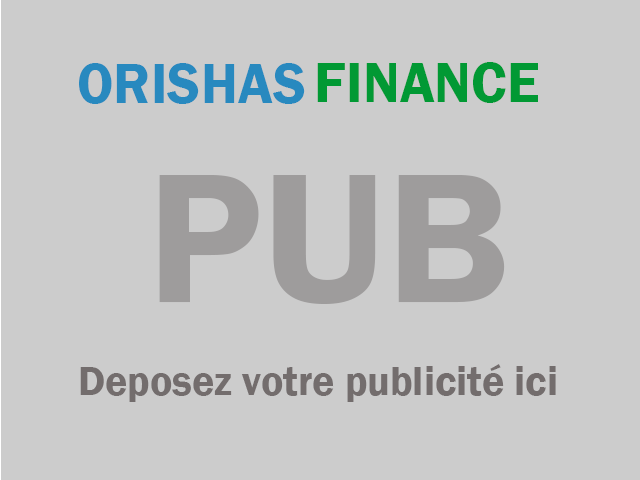 Les actualités de la BRVM en Flux RSS
Les actualités de la BRVM en Flux RSS
Nous agrégeons les sources d’informations financières spécifiques Régionales et Internationales. Info Générale, Economique, Marchés Forex-Comodities- Actions-Obligataires-Taux, Vieille règlementaire etc.
Enjoy a simplified experience
Find all the economic and financial information on our Orishas Direct application to download on Play StoreIn its report, the Cyclops Institute estimates that gas and oil have the strongest potential for a rebound this year, after declines of 30% in 2020.
Despite the upheaval in the global economy caused by the Covid-19 pandemic, a raw material continues to play its solo note. Already a star in 2019, palladium is again top of the bill in 2020, with a stratospheric increase in its price (+ 43%). It is ahead of wood (+39%), coconut oil (+38%), palm oil (+28%), but also gold and silver, which have returned to favor throughout of the year and end with a jump of 27%. The yellow metal has even passed the mythical bar of 2,000 dollars (1,650 euros) per ounce.
Conversely, oil, coal and gas are at the bottom of the table, down nearly 30%. Driven by this brutal ebb, raw materials ended 2020 down 19%, according to data published on Wednesday January 20 by the Cyclops Institute. For 2021, the latter anticipates a rebound of the same magnitude.
China regains its appetite
"We ended 2020 with a bang, and the prices, at the start of the year, are extremely high," said Philippe Chalmin, professor at Paris-Dauphine University and founder of Cyclope. And to cite, as an example, the price of wheat, which is currently trading at more than 230 euros per tonne, as well as corn, at nearly 220 euros per tonne. “The Chinese factor is even affecting the grain market,” notes Mr. Chalmin.
China has, in fact, shown a renewed appetite, importing 100 million tonnes of soybeans and nearly 50 million tonnes of cereals in 2020. Enough to set prices on fire. Especially since the shadow of La Niña, a climatic phenomenon that disrupts temperatures and precipitation in the Pacific, floats over the next agricultural campaign. Not to mention the Russian government's decision to tax its wheat exports, from February, in an attempt to curb inflation.
High volatility
China increasingly conditions the development of the commodity market. This was demonstrated again in 2020. The dormancy of its economy, the first to be affected by the coronavirus, caused the prices of ores, industrial metals, cotton and rubber to plunge. Conversely, the restart, from the summer, caused the price of these raw materials to soar. "Beyond the classic reference to copper, iron ore has had the most impressive trajectory: its price at the extremes doubled between April and the end of the year, when it reached $165 a ton,” explains Mr. Chalmin. According to Cyclops, China's steel production topped 1 billion tonnes for the first time in 2020.
The health crisis is causing high market volatility. Enough to make the 2021 forecast exercise even more delicate than usual. The only certainty in the eyes of Mr. Chalmin: “China will still be, in 2021, the determining factor in the evolution of world markets, which will remain marked by their profound instability. »
Assuming a rebound in the global economy of 4.5%, he believes that China will widen the gap with developed countries, and in particular Europe, strengthening the influence of the president. Xi Jinping. On the American side, the Biden administration will be maneuvering to implement the recovery plan. In this context, Cyclope is betting on an average price of a barrel of Brent at 55 dollars. Gas and oil having, according to its forecasts, the strongest potential for a rebound. Almost at the bottom of the table would slip the palladium. The star value should, this year, lay low.
World Publishing Company
Vous devez être membre pour ajouter un commentaire.
Vous êtes déjà membre ?
Connectez-vous
Pas encore membre ?
Devenez membre gratuitement
04/07/2025 - Matières Premières
04/07/2025 - Matières Premières
04/07/2025 - Matières Premières
02/07/2025 - Matières Premières
02/07/2025 - Matières Premières
02/07/2025 - Matières Premières
02/07/2025 - Matières Premières
01/07/2025 - Matières Premières
30/06/2025 - Matières Premières

04/07/2025 - Matières Premières

04/07/2025 - Matières Premières

04/07/2025 - Matières Premières
